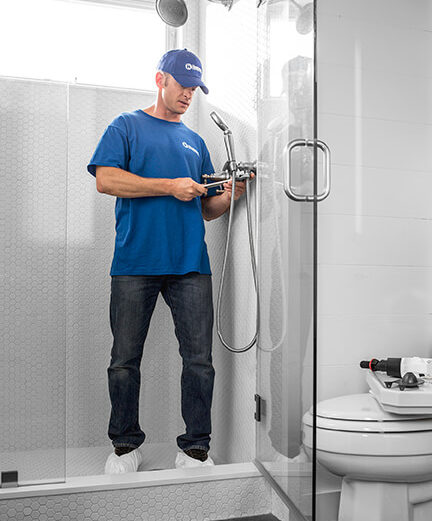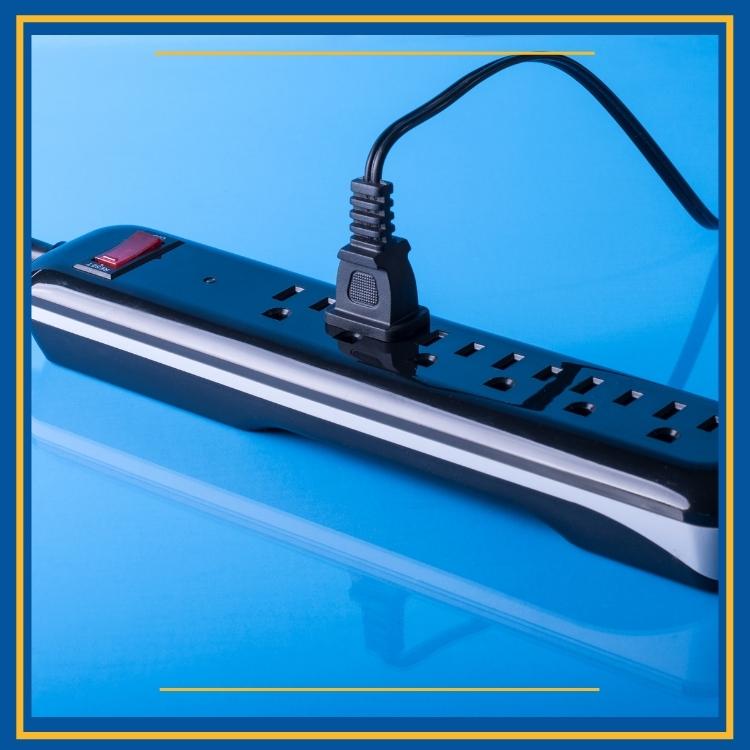Announcement
We offer a wide range of services for that fresh look, or just maintenance or updates to keep your home functioning and safe. Regardless of the size of the job, we have a craftsman that can tackle it. We offer a wide range of services for that fresh look, or just maintenance or updates to keep your home functioning and safe. Regardless of the size of the job, we have a craftsman that can tackle it.

Electrical / April 19, 2022
Regina Electrical Services: What Is An Electrical Surge Protector?

Your home probably contains some expensive electronics. A sudden surge or spike in the electrical supply could overload their delicate components with more power than they were designed to handle. If that happens, not even an electrician in Regina may be able to repair the damage because the circuits are completely fried and the plastic may be melted. A surge protector can prevent damage to electronics by diverting the extra electricity.
What Does a Surge Protector Do?
A surge protector features multiple outlets that allow you to plug in several devices at the same time. For example, you could plug in a computer CPU, a monitor, and a printer in the same surge protector. These devices are designed to run at a particular voltage, and electricity is designated to flow at a certain level from wall sockets.
Sometimes something causes a brief increase in voltage, meaning that more electricity flows into the devices than they can handle. This can occur due to downed power lines, faulty wiring, and lightning strikes. If the increase lasts less than three nanoseconds, it is called a spike, but if it lasts longer, it is a surge. Either can damage your devices, but a surge protector diverts the extra power into the grounding wire of the outlets so that the devices do not receive more electricity than they can handle.
Is a Surge Protector the Same as a Power Strip?
A power strip looks like a surge protector in that it also has multiple outlets to allow you to plug in more than one device at the same time. However, it does not have the ability to protect devices by diverting a spike or surge of electricity. Confusing a power strip with a surge protector can be a costly error because the former does not have the ability to redirect electricity from a surge to protect your devices.
Where Would You Use a Surge Protector?
The best use for a surge protector is with expensive electronics, such as a television or stereo. These devices represent a significant investment, and a power surge could render them unusable. In particular, you should use a surge protector with a computer. Not only is it expensive, but it also has components that are sensitive to voltage. A power surge could destroy the system completely.
It is not appropriate to use a surge protector with all devices. For example, appliances with large electrical motors or heating elements can wear out a surge protector by drawing amperage in high amounts.
How Do You Know When To Replace a Surge Protector?
Sometimes a surge protector that has worn out and no longer provides the same level of protection will shut off automatically. Others may give you some sort of warning when it is time to replace them. If your surge protector has taken a big hit, you may want to replace it as soon as possible afterward as the protection it provides may be diminished.
How Long Do Surge Protectors Last?
In the absence of any major surges, you can expect a surge protector to continue defending your devices for three to five years. However, you may want to replace them every two years, especially if they do not give you any automatic warnings that they have worn out. A surge protector that is past its prime may still “work” in the sense that it supplies electricity to your devices, but it may not protect them in the event of a surge, and you may not realize it until the damage has been done. Therefore, it makes sense to replace them before they have a chance to wear out.
Call Handyman Connection When You Need an Electrician in Regina
You may require electrical repair services to update faulty wiring to prevent a surge or install a surge protector for the whole house. Our technicians handle all electrical jobs, big or small. Contact us for an estimate.




